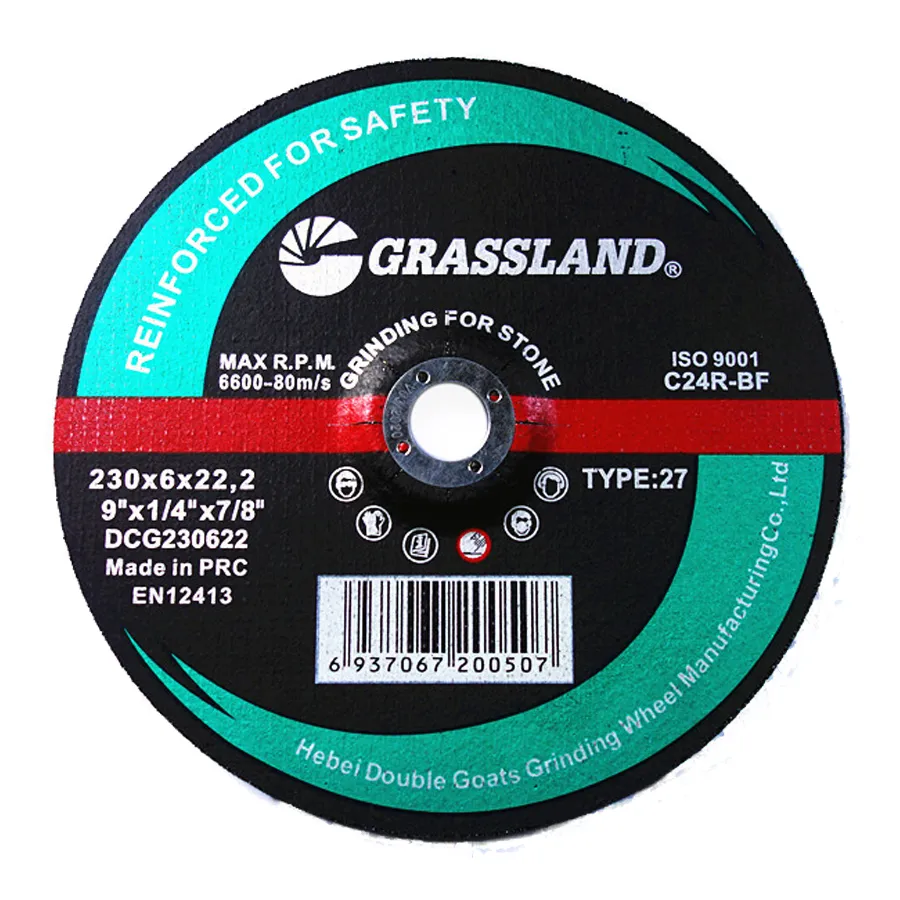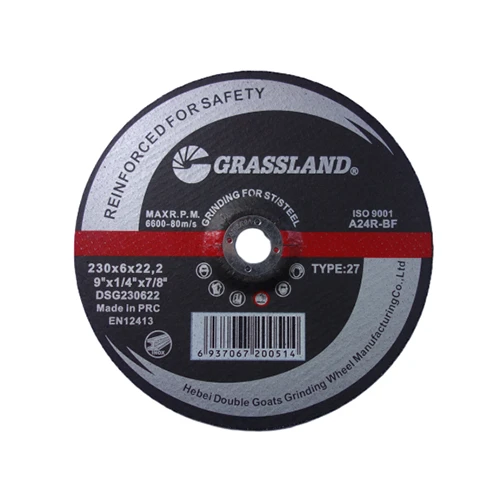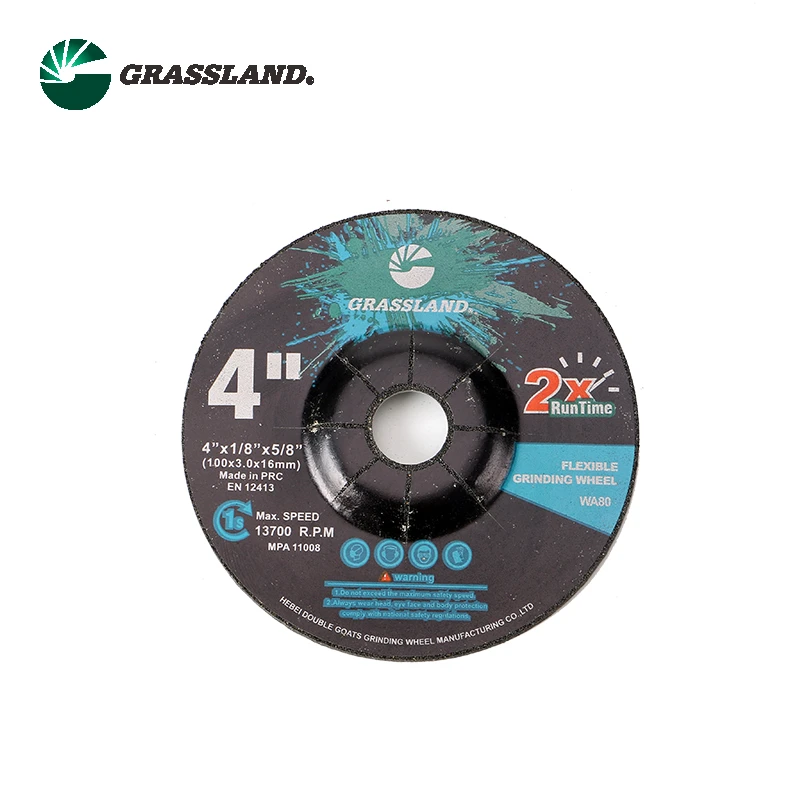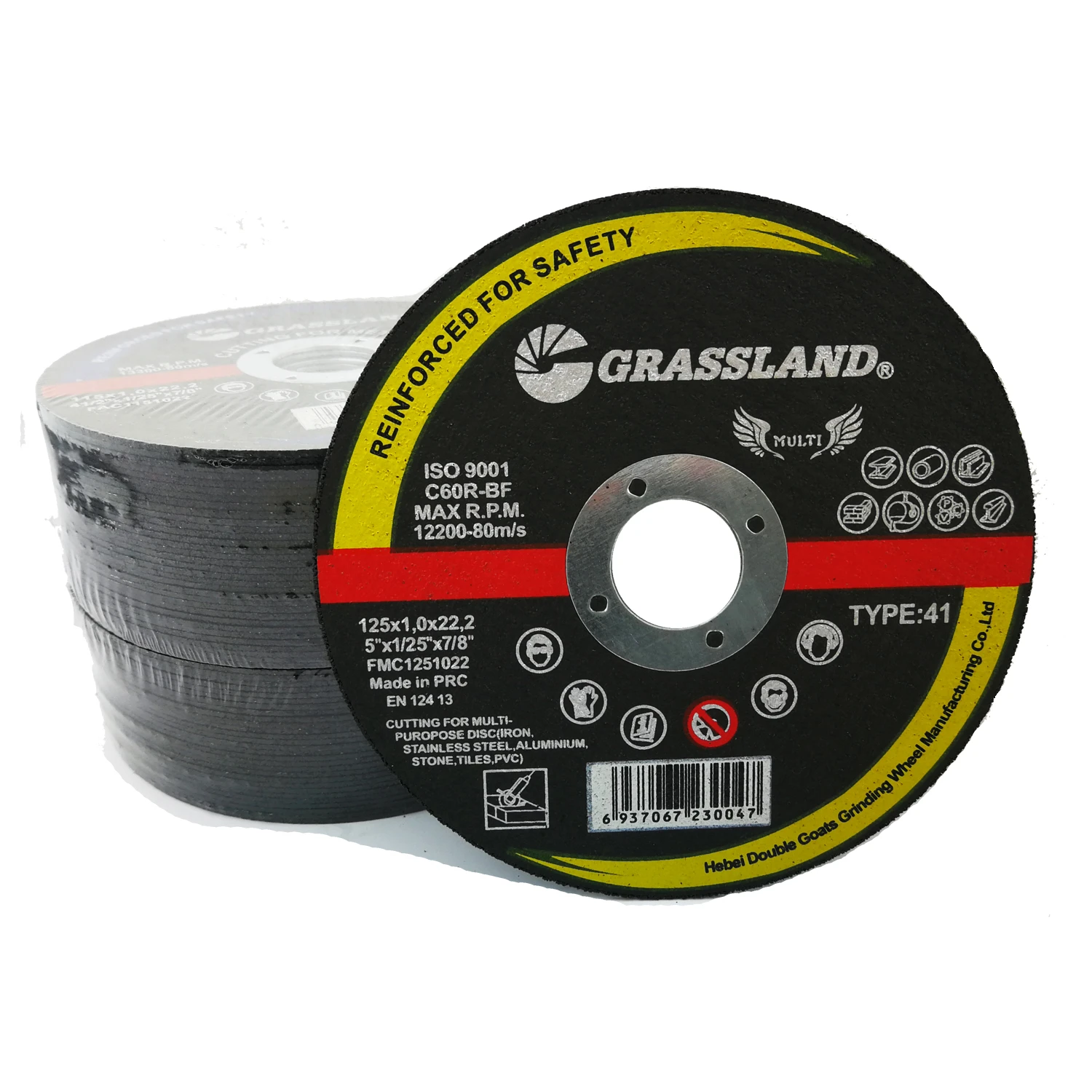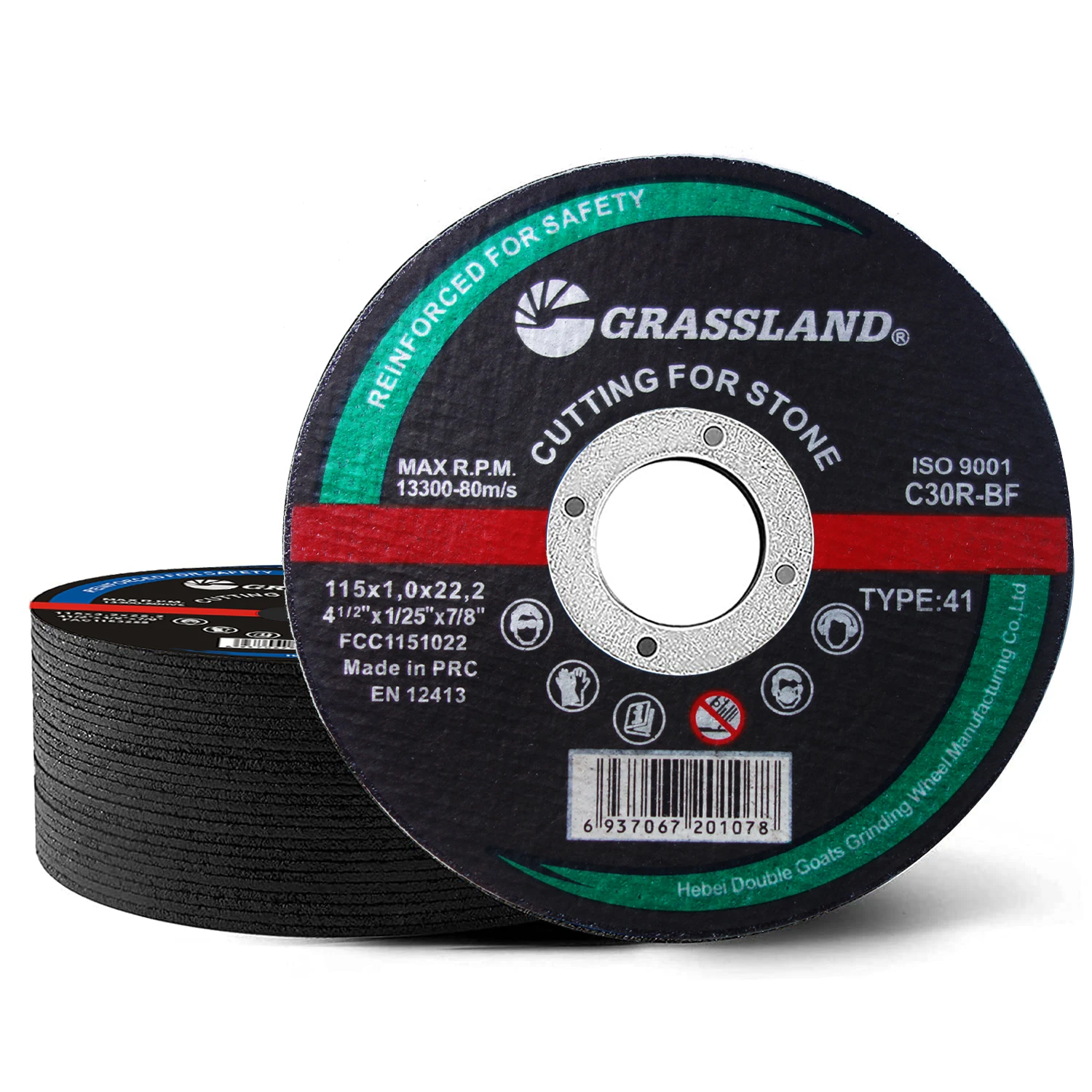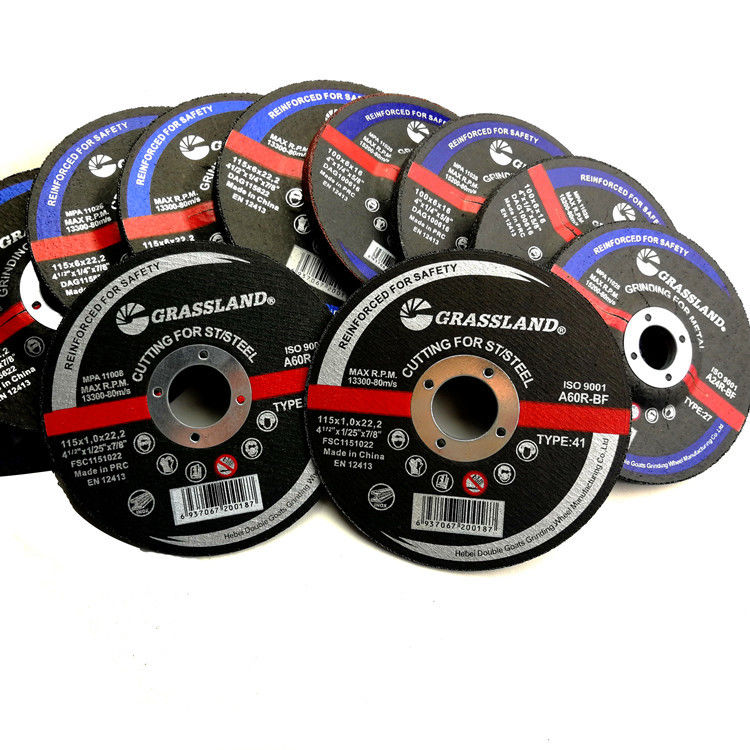- Understanding the Basics of Masonry Cutting Wheels
- Technical Advancements in Abrasive Tool Design
- Performance Metrics Across Top Brands
- Tailored Solutions for Specific Applications
- Real-World Implementation Scenarios
- Safety Protocols and Maintenance Guidelines
- Future Trends in Masonry Cutting Wheel Technology
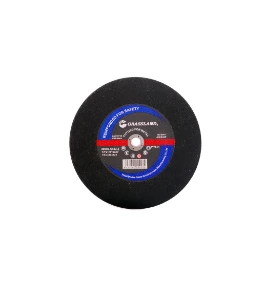
(masonry cutting wheel for grinder)
Understanding the Basics of Masonry Cutting Wheels for Grinders
Masonry cutting wheels designed for grinders represent specialized abrasive tools engineered to slice through concrete, stone, and composite materials. These disks typically range from 4" to 9" in diameter, with thicknesses between 0.04" and 0.25" influencing both cutting speed and material waste reduction. Premium versions incorporate diamond-embedded segments that maintain sharpness 3× longer than conventional aluminum oxide wheels.
Technical Advancements in Abrasive Tool Design
Modern engineering breakthroughs have transformed cutting wheel efficiency:
- Laser-welded diamond clusters increase particle density by 40% versus electroplated alternatives
- Ventilated cores reduce operating temperatures by 35°F during continuous use
- Multi-segment edge geometries adapt to material hardness variations
Performance Metrics Across Top Brands
| Brand | Cut Speed (in/min) | Wheel Life (linear ft) | Vibration Reduction | Price Point |
|---|---|---|---|---|
| DiamantX Pro | 18.7 | 1,450 | 62% | $$$ |
| Bosch AdvancedCut | 15.2 | 980 | 54% | $$ |
| Makita Ultra | 16.8 | 1,100 | 58% | $$ |
Tailored Solutions for Specific Applications
Industrial contractors increasingly demand customized configurations:
- Reinforced concrete demolition: 0.125" thick wheels with shock-absorbing hubs
- Precision tile work: 4" diameter ultra-thin profiles (0.045")
- High-volume operations: Segmented rims for automatic debris clearance
Real-World Implementation Scenarios
A highway maintenance crew reported 22% faster barrier wall modifications using 7" turbo-rim wheels compared to standard blades. Masonry workshops cutting granite countertops achieved 0.5mm precision tolerances with diamond-encrusted 5" discs.
Safety Protocols and Maintenance Guidelines
Proper handling extends tool lifespan by 60-70%:
- Always verify maximum RPM compatibility (typically 12,000-15,000)
- Inspect for minimum 0.5mm diamond exposure before discarding
- Store in moisture-controlled environments below 40% RH
Future Trends in Masonry Cutting Wheel Technology for Grinders
Emerging smart wheels with embedded wear sensors will automatically signal replacement needs through Bluetooth alerts. Lab tests show graphene-enhanced bonding matrices increasing diamond retention by 28% while reducing particulate emissions. Hybrid designs combining cutting and grinding functions in single-wheel systems are projected to capture 35% of the professional market by 2026.
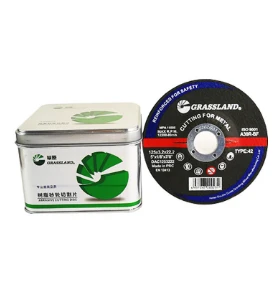
(masonry cutting wheel for grinder)
FAQS on masonry cutting wheel for grinder
Q: What is a masonry cutting wheel for a grinder used for?
A: A masonry cutting wheel for a grinder is designed to cut hard materials like concrete, brick, or stone. It features a diamond-edged or abrasive surface for efficient material removal. Always ensure the wheel is compatible with your grinder’s RPM rating.
Q: Can I use a masonry cutting wheel for an angle grinder on metal?
A: No, masonry cutting wheels are specifically designed for stone, concrete, or brick. Using them on metal can cause overheating, wheel damage, or safety hazards. Always use a metal-specific cutting disc for such materials.
Q: How do I choose the right masonry wheel for my angle grinder?
A: Check the wheel’s diameter and arbor size to match your angle grinder’s specifications. Opt for diamond blades for precision or abrasive wheels for cost-effective cuts. Verify the RPM rating aligns with your tool’s speed.
Q: What safety precautions are needed when using a masonry cutting wheel?
A: Wear safety goggles, gloves, and a dust mask to protect against debris. Secure the workpiece and avoid excessive pressure to prevent wheel breakage. Ensure the grinder’s guard is properly installed.
Q: How long does a masonry cutting wheel for a grinder last?
A: Lifespan depends on material hardness, usage frequency, and wheel quality. Diamond blades last longer for repetitive tasks, while abrasive wheels wear faster. Replace the wheel if chipped, cracked, or overly worn.
Post time:May - 07 - 2025







